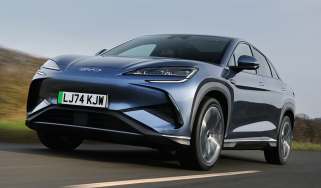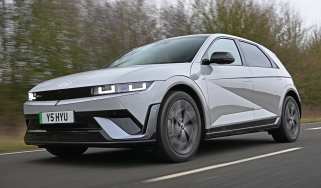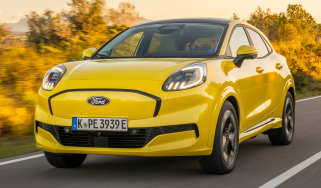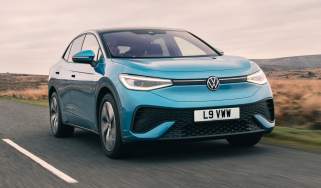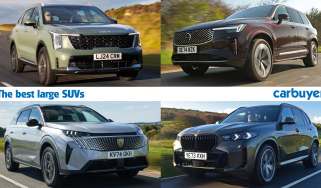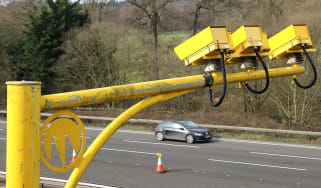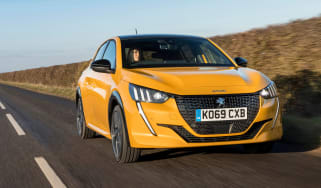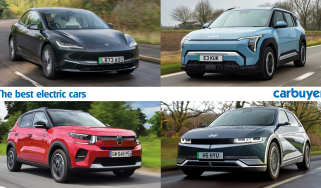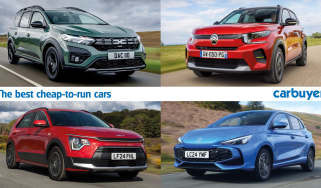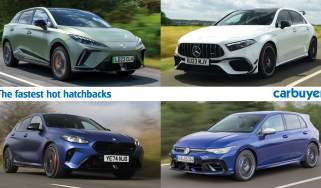What is vehicle-to-grid (V2G)? How your electric car can save you money
Vehicle-to-grid charging lets some EVs send power back to the grid, helping to ease energy demand
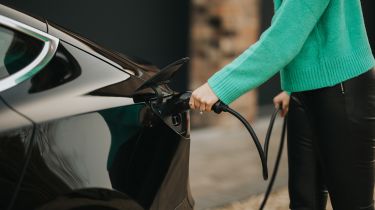
Driving an electric car comes with its fair share of upsides, but vehicle-to-grid (V2G) compatibility is one of the more obscure perks that some drivers won’t know about.
It’s a new technology that allows certain electric cars to send energy back into the grid when demand is high. This helps to reduce our dependence on fossil fuels, while also allowing EV owners to pocket some extra cash. It’s not quite as straightforward as plugging in and selling your electricity, though – only a few cars have the tech today and you’ll need a certain charger and energy tariff.
Vehicle-to-grid has some major environmental benefits which will only become more apparent as more people switch to electric cars in the future. There are also financial benefits for EV owners who make use of V2G, which can make running an electric car even more affordable. The tech is still in its infancy, but for those who are interested, read on to find out more…
What is vehicle-to-grid (V2G)?
Vehicle-to-grid (V2G) charging is a technology that enables electric cars to not only draw power from the grid to charge their batteries, but also to send electricity back to the grid.
In simple terms, your EV can act like a giant battery, providing extra power to the grid to help balance energy supply and demand across the electricity network. With more and more people owning EVs in the future, the impact of V2G will grow as there will be a larger number of batteries to draw power from.
Why would I want to send power to the grid?
It’s a valid question – it can take ages to charge an EV, so why would I want to send that electricity back to the grid?
Imagine it’s a winter afternoon, and everyone across the country has their heating and lighting turned on. The national grid is under stress trying to meet this high level of demand, and fossil fuels like gas have to be burned to quickly generate power. However, energy consumption is much lower in the early hours of the morning when most people are asleep. During this time, renewable energy sources like wind are feeding energy into the grid but it isn’t being used.
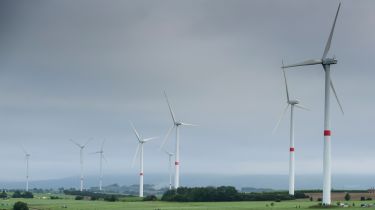
With V2G technology, EVs plugged in at home, workplaces, or public charging stations can charge during this time of low demand, making use of renewable energy that otherwise wouldn’t be used. Many smart home charging tariffs do this already, allowing EV owners to access cheaper charging rates. But the difference with V2G is that you can send that power back to the grid during the day when demand is high. This reduces our dependence on fossil fuels during periods of high energy usage.
The benefit for the EV owner is that the energy company will buy your electricity back from you. You could be compensated with a lower energy bill, charging credits or some other form of financial reward.
How does vehicle-to-grid (V2G) work?
At the heart of vehicle-to-grid is a two-way energy flow. Traditional EV charging is a one-way street: electricity flows from the grid to your car. Vehicle-to-grid, on the other hand, allows energy to flow both ways through a bi-directional charger.
This special charger needs to be paired with a compatible car for bi-directional charging to work. The process is typically managed by smart software that communicates with your car, your home charger and the grid. It decides when to charge your car and when to discharge energy back to the grid, based on factors like electricity demand, your car’s battery level and your personal driving schedule.
It’s possible to set parameters to make sure your EV always has some charge remaining, so you won’t be left stranded with a flat battery. But generally, V2G works most effectively when your EV is sitting unused during the day. Any energy stored in the battery can be sent to the grid during the day when demand is high, and replenished overnight when demand is low.
Are there any downsides to vehicle-to-grid (V2G)?
Of course, the main drawback to vehicle-to-grid is that you may not have a fully-charged battery when you need it. Your car may charge completely overnight, but sending power back to the grid throughout the day will deplete the battery. However, smart software should allow you to set a minimum charge level, so the battery won’t fully discharge if you don’t want it to.
In its current state, vehicle-to-grid is quite a complex system to set up at home. You’ll need a V2G compatible car and wallbox, a special V2G tariff and, in some cases, a G99 certificate that grants you permission to export energy to your local network. The cost of everything involved could very well outweigh the savings from selling your energy.
Lastly, there is some concern over the effect of V2G on the electric car’s battery. While there are currently no studies that directly link V2G with worse battery health, it’s commonly accepted that repeated charging and discharging cycles increase battery degradation. In most V2G scenarios, your electric car would be charging and discharging more frequently than typical usage, which could lead to a shorter lifespan of the battery.
Which cars are vehicle-to-grid (V2G) compatible?
At the time of writing, the list of V2G-compatible cars is quite short. Volkswagen’s electric ID cars feature the tech, as does the Audi Q4 e-tron, Skoda Enyaq and Cupra Tavascan (all of which share the same VW-based platform). Other popular models include the Nissan Leaf, Kia EV9, Polestar 3 and Renault 5, but there are more – ask your dealership for more information. More vehicles are expected to feature bi-directional charging capabilities in the future.
What about vehicle-to-load (V2L) and vehicle-to-home (V2H)?
Vehicle-to-load (V2L) and vehicle-to-home (V2H) are similar in principle to V2G, but as the names suggest, the energy is sent from your EV to different places.
Vehicle-to-load allows you to send energy from your EV’s battery to an external appliance, such as a laptop, a fridge, or even another electric car. It’s great for camping trips, a work site where you don’t have access to mains electricity, or for topping up an EV that’s run out of charge. Lots more EVs come with V2L compatibility than V2G today and you don’t need a bi-directional charger, but you may need a special cable to utilise it.
Vehicle-to-home allows you to use your EV to power your home for a short duration. Like with V2G, your EV can recharge when electricity prices are lowest and that energy can be used to power your home, reducing your energy bill. It can also allow you to use your EV as a backup power source if there’s a power cut. Like V2G, you’ll need a special home charger and a compatible EV.
Frequently Asked Questions
Yes, vehicle-to-grid (V2G) is available in the UK but only with certain energy providers and with a compatible car and charger.
More on electric cars
- What is an electric car?
- Electric car charging stations explained
- How to charge an electric car
- Top 10 best used electric cars
- How to find EV charging stations
- Fast charging or rapid charging?
- Are electric cars green?
- Range anxiety: what is it and should you be worried?
- Are electric cars cheaper to run?
- How much do electric cars cost?
- How long do electric car batteries last?
- What electric car battery size do I need?
Recommended
Most Popular
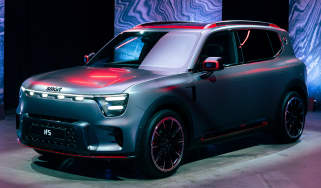
New Smart #5 Brabus is a 637bhp far cry from the brand’s city car past
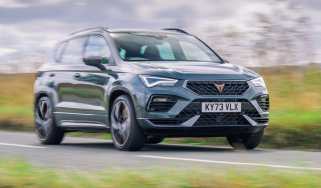
Best car leasing deals 2025: this week’s top PCH offers
Tips & advice

Car dashboard warning lights: what does each symbol mean?
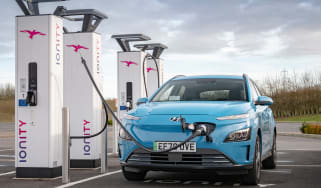
Electric car charging stations: public networks, charger types, apps and maps

